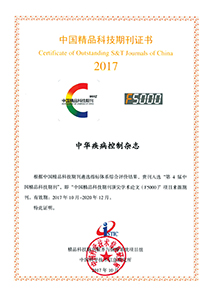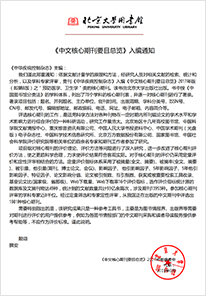2024 Vol. 28, No. 6
Display Method:
2024, 28(6): 629-635.
doi: 10.16462/j.cnki.zhjbkz.2024.06.002
Abstract:
2024, 28(6): 636-640.
doi: 10.16462/j.cnki.zhjbkz.2024.06.003
Abstract:
2024, 28(6): 641-645.
doi: 10.16462/j.cnki.zhjbkz.2024.06.004
Abstract:
2024, 28(6): 646-650.
doi: 10.16462/j.cnki.zhjbkz.2024.06.005
Abstract:
2024, 28(6): 651-656.
doi: 10.16462/j.cnki.zhjbkz.2024.06.006
Abstract:
2024, 28(6): 657-663.
doi: 10.16462/j.cnki.zhjbkz.2024.06.007
Abstract:
2024, 28(6): 664-671.
doi: 10.16462/j.cnki.zhjbkz.2024.06.008
Abstract:
2024, 28(6): 678-684.
doi: 10.16462/j.cnki.zhjbkz.2024.06.010
Abstract:
2024, 28(6): 691-701.
doi: 10.16462/j.cnki.zhjbkz.2024.06.012
Abstract:
2024, 28(6): 702-709.
doi: 10.16462/j.cnki.zhjbkz.2024.06.013
Abstract:
2024, 28(6): 709-714.
doi: 10.16462/j.cnki.zhjbkz.2024.06.014
Abstract:
2024, 28(6): 714-720.
doi: 10.16462/j.cnki.zhjbkz.2024.06.015
Abstract:
2024, 28(6): 729-735.
doi: 10.16462/j.cnki.zhjbkz.2024.06.017
Abstract:
2024, 28(6): 736-739.
doi: 10.16462/j.cnki.zhjbkz.2024.06.018
Abstract:
2024, 28(6): 740-744.
doi: 10.16462/j.cnki.zhjbkz.2024.06.019
Abstract:


 Email alert
Email alert RSS
RSS Abstract
Abstract HTML
HTML PDF
PDF





